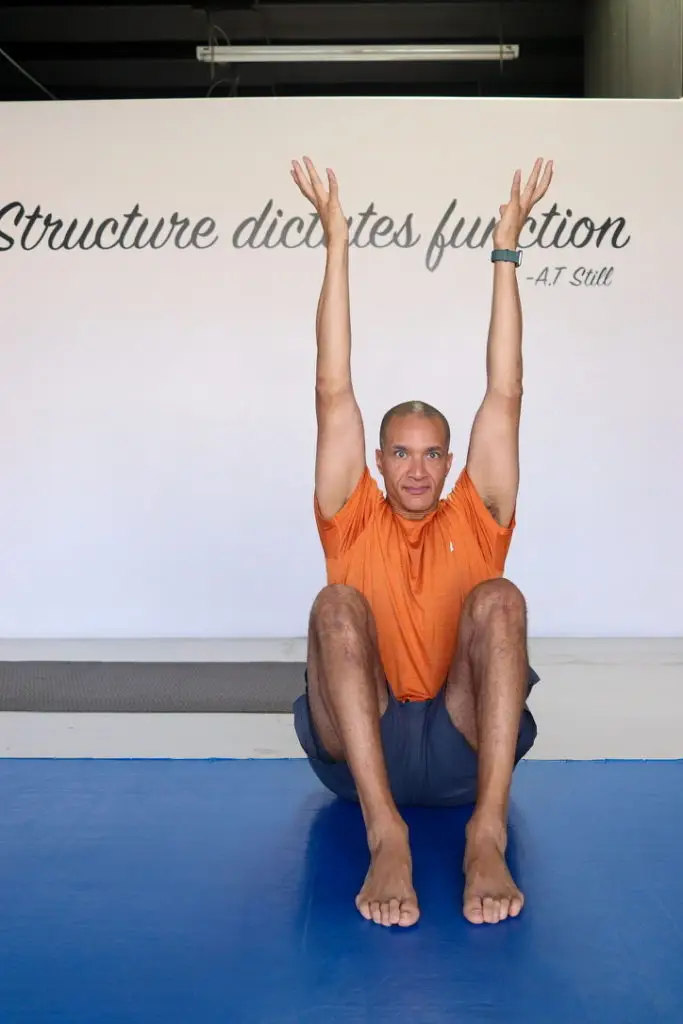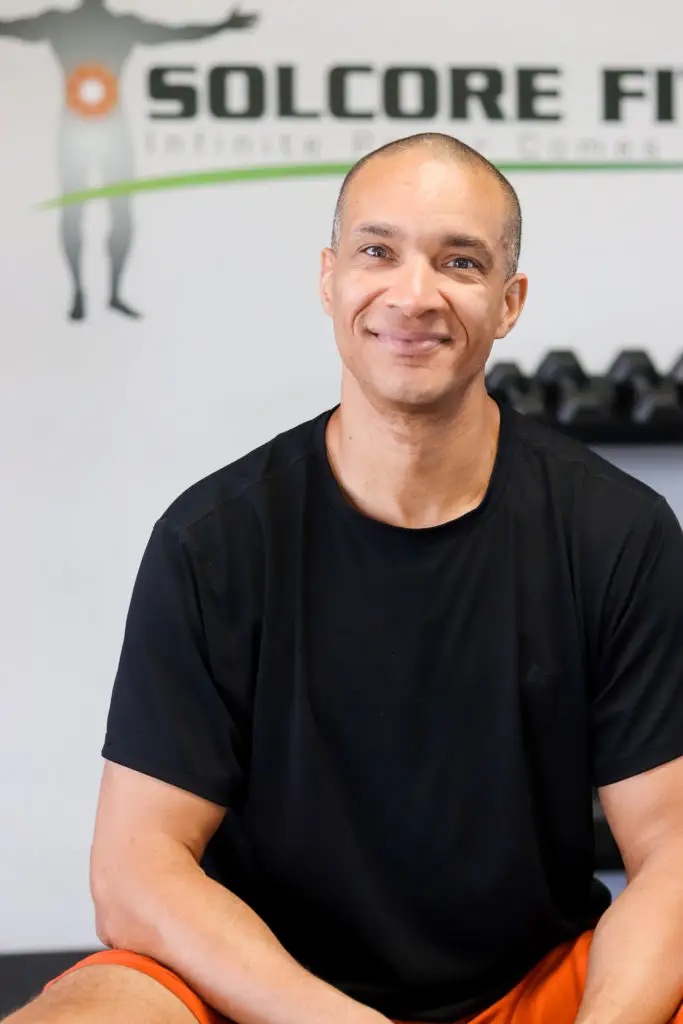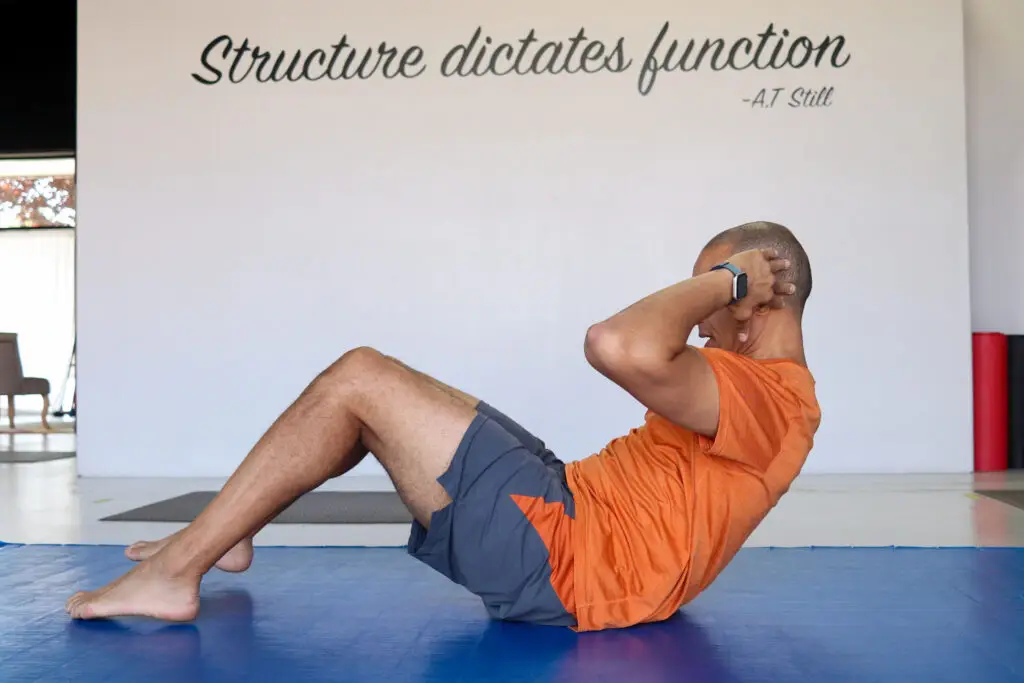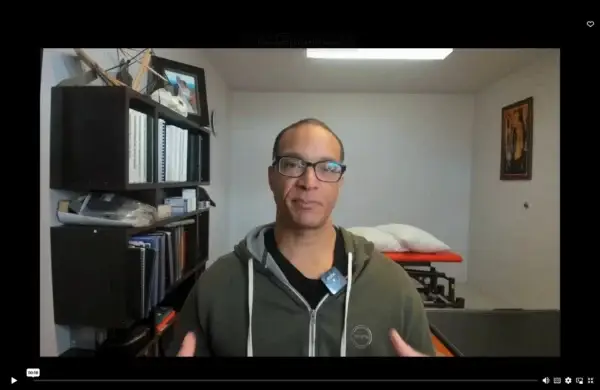
Have you ever noticed yourself reaching for goals—better posture, deeper sleep, stronger muscles—but getting tangled in the same habits, doubts, and inner resistance, week after week? If so, you’re not alone. We’re creatures of habit, shaped by beliefs—many of which were inherited or simply never questioned.
The Trap of Familiar Stories
Take “Steve,” a client who had struggled for years with motivation. Every morning, he’d wake up promising to work out, eat well, and conquer his chronic back stiffness. By 10am, work emails, stress, and “just one treat” derailed his plan. What held him back wasn’t lack of knowledge; it was an old story—“This always happens, I never follow through.”
Many of us live with these scripts:
- “I’m just not flexible.”
- “I’ll always be heavier than I want.”
- “I’m too busy for regular exercise.”
Einstein’s insight applies: “We cannot solve our problems with the same thinking we used when we created them.”
How Patterns Are Built (and Broken)
Our thoughts shape our actions, and repeated actions become ingrained patterns. If your self-talk and daily routines follow old scripts, even new workouts and diets won’t stick.
Step 1: Notice the Narrative
What phrases keep appearing? “I can’t do this,” “This is torture,” “No way I’ll ever…” Our brains try to shield us from effort—the voice of caution grows loud when change approaches.
Step 2: Challenge and Replace
Ask, “Is this true? What else could be true?”
Steve, after weeks of reminders, replaced “I always quit” with “I restart—I get up one more time than I fall.” This subtle shift changed his actions—he missed fewer workouts and stopped using slip-ups as evidence of failure.
Step 3: Take Action in Small Steps
Growth often starts as discomfort. Choose just one change—add a 10-minute morning stretch, swap negative banter for a positive reminder, reach out for help. New patterns take hold with repeated, conscious action.
Why Personalized Support Matters
No matter how strong our willpower, breaking entrenched patterns is tough—especially alone. Structured coaching via a [Personalized online program] adds accountability, feedback, and encouragement. It turns vague motivation into actionable steps, with real-time adjustments and deeper support.
Clients who embrace guided change consistently report:
- More confidence in handling setbacks
- Decreased anxiety and “stuck” feelings
- Sustainable routines and visible progress
Stories of Transformation
A client named Maria, stuck in repetitive negative self-talk and overwhelmed by stress, joined our online program out of desperation. Small initial wins—daily hydration, early-morning breathing—gained momentum. Over months, she reported better sleep, lighter mood, and the surprising realization that her outlook was no longer her “enemy,” but an ally in change.
The Takeaway
If you want new results, start by examining your story. Ask, “What habit or line of thought am I ready to rewrite?” Support is there to help—whether it’s a friend, a coach, or a structured program.
Ready to transform from the inside out? Start a Personalized online program, break old patterns, and design a life that moves forward with you.
It’s not just working out, it’s building a foundation for a better life.
Find out more @









